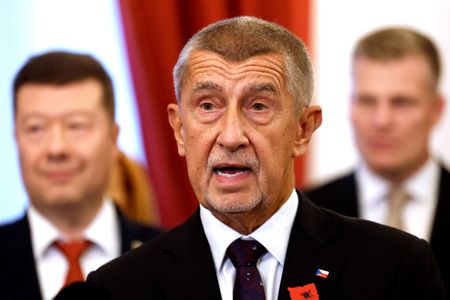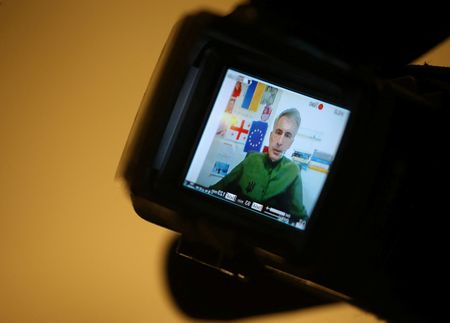By Sergio Goncalves
LISBON (Reuters) -Portugal’s largest utility, EDP, plans to invest 12 billion euros ($13.99 billion) between 2026 and 2028, mainly to expand its renewable capacity with a focus on the United States, the company said on Thursday.
In its strategic plan through 2028, EDP also reiterated its recurring EBITDA target of around 4.9 billion euros for 2025, putting it at 4.9-5 billion euros in 2026 and about 5.2 billion by 2028.
It expects recurring net income to reach around 1.2 billion euros this year, between 1.2 billion and 1.3 billion euros in 2026, and roughly 1.3 billion by 2028.
Shares in EDP, which had risen more than 36% so far this year, dropped 4.5% in morning trading.
EDP said 7.5 billion euros would be invested by its renewable unit EDP Renovaveis – the world’s fourth-largest wind energy producer – in wind, solar and battery energy storage systems, “of which around 60% are in the United States”.
EDPR’s capacity is expected to increase to 25 gigawatts by 2028 from 20 GW now.
EDP, which operates in 29 countries across Europe, the Americas, and Asia, said the new plan was designed “in a context of increased demand for electricity, notably supported by increased data centre capacity in the U.S.”
Another 3.6 billion euros would be channelled towards electricity networks, mainly in Portugal and Spain.
In the first nine months of 2025, EDP invested around 2.6 billion euros. Recurring net profit in that period was 974 million euros.
To fund part of the investment, EDP expects to cash in 5 billion euros from asset rotation – selling stakes in mature wind and solar parks to finance new ones – complemented by 1 billion euros in disposals of other assets by 2028.
It said net debt was seen steady at 16 billion euros through 2026, then declining to 15 billion euros by 2028 while keeping a low-risk portfolio.
EDP expects to maintain a dividend payout of 60%-70% of net income from 2026 to 2028, with the minimum dividend rising 5% to 0.21 euros per share by 2028.
($1 = 0.8575 euros)
(Reporting by Sergio Goncalves; editing by Andrei Khalip and David Latona)










